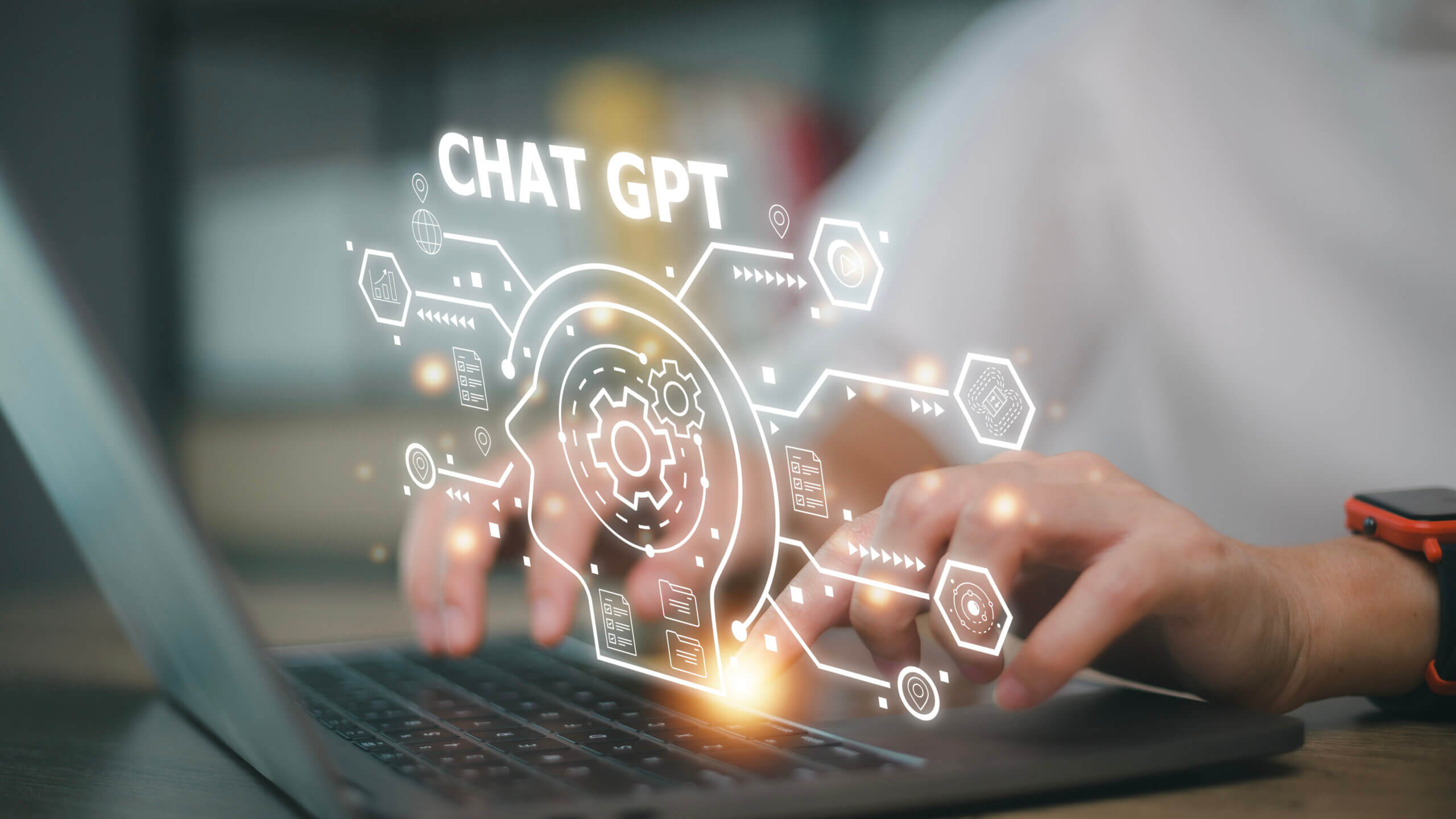Generative AI: the Benefits and the Risks
In today's world of constant technological advances, it is no surprise that generative AI has taken the center stage. These revolutionary breakthroughs have demonstrated their unnerving potential in every way. But the largest advocates for generative AI have been matched by growing concerns from the global community on generative AI's potential for fraud, infringement, or even criminal activity. Here, we dive into a classical cost-benefit analysis to determine whether generative AI's benefits outweigh its risks for our postmodern world today.
Generative AI is an umbrella term that describes algorithms which can create new media, like content in the form of videos, music, code, images, and much more. The biggest names in Generative AI are currently ChatGPT, DALL-E, and Google’s Gemini. Each draws from their suggested input. Generative AI specifically is a type of modality that looks towards existing/underlying patterns to then build upon them and generate new information. DALL-E works in this manner using natural language; Google’s Gemini uses a neural network; but by far the most famous is Open AI’s ChatGPT, literally a supercomputer (more accurately, a Large Language Model)!

The Benefits of Generative AI
Generative AI can offer a multitude of benefits. Perhaps most revolutionary is its ability to automate content production without deep engagement from the user. Essentially, individuals can provide a prompt of any sort, and the algorithm will create some form of new media based on the prompt. This form of content creation is especially helpful for business-both large, capitalist ventures and for small business owners.
Of course, cost-benefit analysis shows that generative AI can also save time and money. In architecture and design, generative AI often greatly speeds up design processes by analyzing existing data to create a design suitable for the user’s prompt. At the click of a button, these algorithms can write essays, code, literature, and even briefs for the judicial system.
Surprisingly, generative AI is used for legal professionals and can help law firms and corporate attorneys expedite time-consuming tasks such as legal research and document analysis.
The Risks of Generative AI
Each of the benefits we highlighted comes at the risk of something greater. Perhaps one of the greatest risks of generative AI is the threat to intellectual property. Through plagiarism or obvious misuse, employees and students can use generative AI to write essays, briefs, or code, and present the output as their own “original” work. Generative AI has also been found to use copyrighted information without authored permission.
Even then, the results may contain inaccurate information.
Moreover, generative AI poses broad, overarching cybersecurity risks. Phishing, malware, and IP theft can be strengthened by generative AI. Cybercriminals and hackers can use a variety of prompts to bypass AI models’ ethical boundaries.
After witnessing generative AI’s potential for damage, Italy famously banned ChatGPT in March 2023 (lifting the ban only after new privacy improvements). Nonetheless, Apple has completely banned employees from using ChatGPT, as have Walmart and Samsung.
Protecting Against Risks
As demonstrated, there are a plethora of benefits that come with the use of these AI models, but it is important to keep in mind the prospective risk of harm also possible–as with every other technological advancement. To stay safe while also reaping the benefits of this multifaceted tool, it is essential to balance the use of generative AI with safe, privacy-protective practices.
One such procedure is to never share personal information. This way, your privacy won’t be breached by algorithmic patterns. While using any type of generative AI, verify all information you are given is accurate. For example, while using ChatGPT, cross-check all information with cybersecurity tools such as Google’s transparency report/safe browsing. You can also turn off your chat history, disabling data mining for your UI.
To protect against generative AI fraud, be careful when contacted by an unknown email. Make use of long, unique passwords and enable multi-factor authentication across all your accounts. While this will increase the time it takes to sign-in, the likelihood of your accounts getting hacked decreases. Most importantly, however, is to remember not to give in to emotional requests or appeals, ensuring scammers cannot manipulate you using sentimental rhetoric.
At the end of the day, the possibilities for generative AI are endless. Using protective policies, take advantage of the benefits and minimize the risk of harm.
Follow Fidutam for more on responsible technology!




















